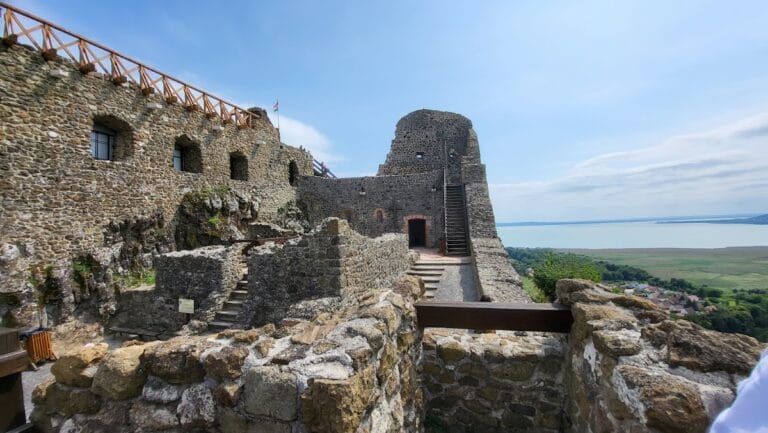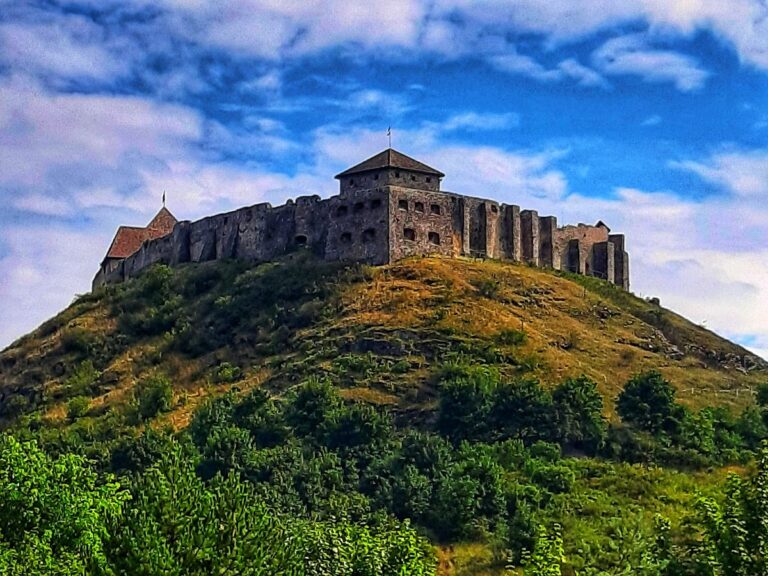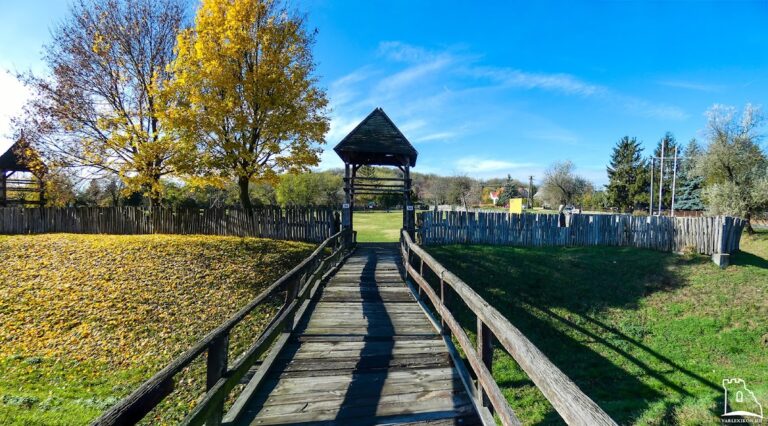Hegyesdi Castle: A Medieval Fortress in Hungary
Visitor Information
Google Rating: 4.8
Popularity: Low
Google Maps: View on Google Maps
Official Website: balatoniromok.blogspot.hu
Country: Hungary
Civilization: Unclassified
Remains: Military
History
Hegyesdi Castle stands near the village of Hegyesd in modern-day Hungary, originally built by the medieval Kingdom of Hungary. Its origins date back to the latter half of the 13th century when it was established as part of a defensive network protecting against renewed Mongol incursions.
The earliest recorded mention of the castle appears in 1282 within the documents of the Veszprém chapter. Initially constructed by the Atyusz clan, one of the founding Hungarian noble families, the fortress came under royal control after the extinction of this lineage by 1276. By 1329, Hegyesdi Castle functioned as a royal stronghold, overseen by a castellan appointed to govern the castle and administer seven nearby serf villages.
Throughout the 14th and 15th centuries, ownership passed through various hands. The influential Kőszegi family held the castle in the early 1300s until their authority was subdued by King Charles I of Anjou. Later, King Louis I granted the fortress to sons of Mikcsi Ákos. Subsequently, it was pledged to the Rozgonyi family from 1433 until Miklós Újlaki redeemed it in 1451. The Újlaki family maintained control until 1524. Shortly after, the castle was bestowed by King Louis II to Ambrus Sárkány of Ákosháza in 1525 and transferred by marriage to the Mezőlaky family in 1543. Disputes over ownership culminated in 1544 with the Mezőlaky family retaining it as a pledged property for 100 forints.
Hegyesdi Castle became militarily significant during the Ottoman-Hungarian conflicts in the mid-16th century. In a surprise night assault on April 16-17, 1561, Ottoman forces based in Veszprém seized the castle. Under their commander Pajazit, new defensive works were constructed by armed local serfs, including a lower palisade fortification called a “huszárvár” at the hill’s base, completed before the year’s end. The Ottoman garrison gained a reputation for conducting raids in the surrounding region.
On July 18, 1561, a Hungarian force numbering around 400 cavalry and infantry launched a surprise attack near nearby Lesencefalu, successfully defeating Ottoman raiders and inflicting heavy casualties, including the death of several commanders. The following year, in March 1562, a larger combined Hungarian army of over 2,100 men, led by several captains and reinforced by Salm Eck with artillery, laid siege to the castle. After a week-long blockade and unsuccessful negotiations, the Hungarians stormed the fortress on April 8, reclaiming it by evening.
Following this recapture, Salm Eck assessed the fortress as unsuitable for restoration. Accordingly, a demolition was ordered, and the castle was dismantled over the following days. It was never rebuilt, eventually falling into disrepair and ruin throughout subsequent centuries.
Hegyesdi Castle also appears in literary imagination as the setting for Péter Bogáti’s novel “Halló, itt Mátyás király,” where a fictionalized lord named Drágffy Bertalan is portrayed as its owner.
Remains
Located atop a volcanic hill rising to 281 meters, Hegyesdi Castle occupied about 190 square meters near the entrance to the Tapolca Basin. Its original access was along a winding path climbing the hillside, with the upper fortification protected by a slender defensive wall punctuated at intervals by small towers. This configuration reflects a modest stronghold designed to accommodate a considerable infantry presence rather than large-scale garrisons.
Following the Ottoman conquest in 1561, additional fortifications were added at the base of the hill. Most notably, a lower wooden palisade fort, termed a “huszárvár” (literally “hussar fort”), was built under Ottoman orders by armed Christian serfs. Constructed of thick wooden stakes and intended to bolster the castle’s defenses from below, this structure was completed before the year’s end and represents a significant adaptation to the existing fortifications.
Today, the remains of Hegyesdi Castle are heavily deteriorated and scarcely visible in the landscape. The ruins lie close to the modern main road 77. No inscriptions, decorative stonework, or detailed archaeological finds have been reported at the site. With no restoration or conservation measures undertaken, the castle’s fragmentary state reflects centuries of decay following its demolition in the 16th century.
Despite the limited remains, the site preserves the tangible footprint of a medieval stronghold that bore witness to notable historical episodes involving Hungarian nobles, Ottoman raiders, and royal armies along the shifting frontier of Central Europe.










